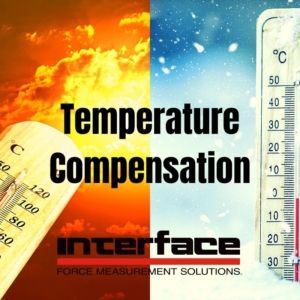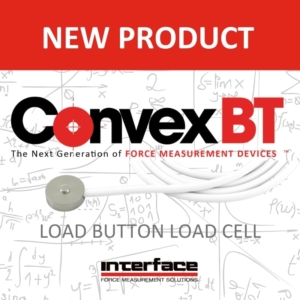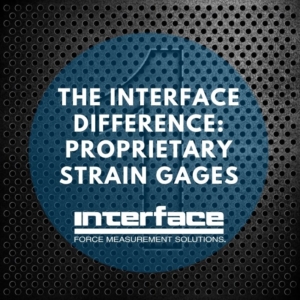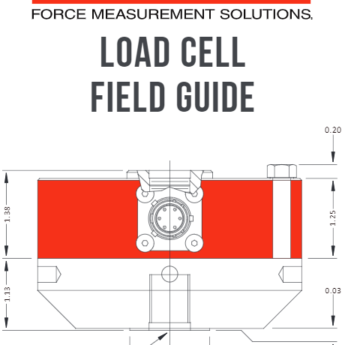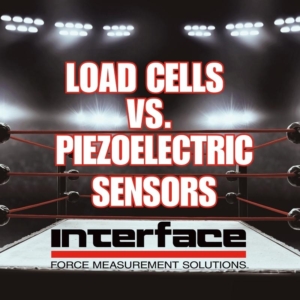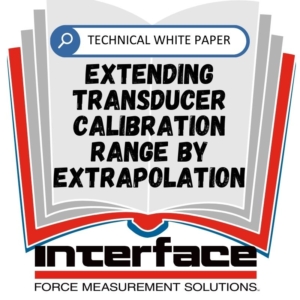
IQ Blog
Creep 101
Interface defines creep, an important accuracy specification for load cells, in the essential 101 Series. When a force is applied to a solid material within its elastic limit, the resulting deflection will subtly increase over time if the force is held constant. This phenomenon, known as creep, is not permanent but recoverable. It's important to note that the signal from a load cell exhibits this creep, making it a key consideration in all load cell applications.

